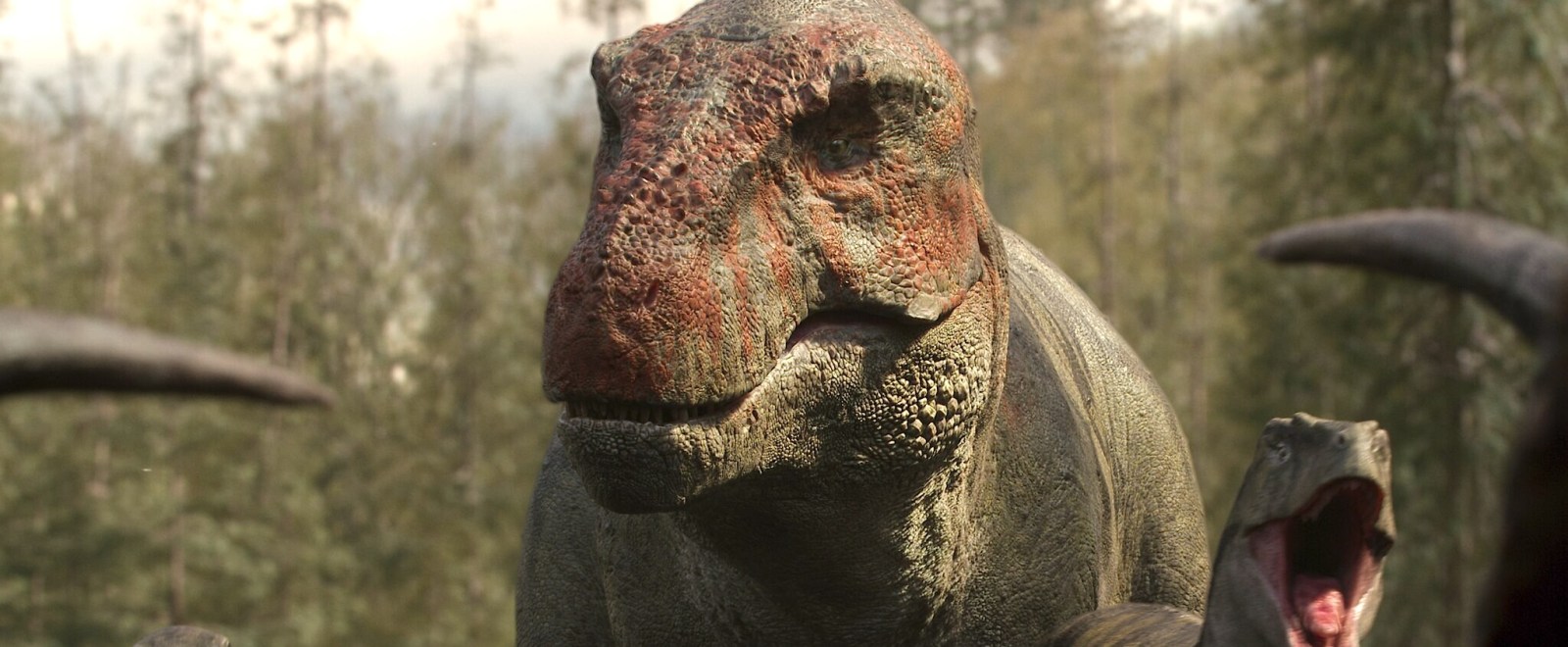Netflix’s latest docuseries Life On Our Planet shows the long (very long) and tumultuous journey that the planet and its inhabitants have gone through over the last few billion years (give or take a few thousand).
Even though the show consists of CGI animals, long-extinct dinos, and various special effects, the team worked hard to make sure the whole story was historically accurate. Tom Fletcher, an actual paleontologist who worked on the series, said that the research was surprisingly accurate.
Fletcher told Tudum, “We would build a fact file [text database], which usually numbered around 100 pages per creature and would include all of the known evidence. We’d then turn this over to [VFX studio Industrial Light and Magic] saying, ‘This is what the skeleton is like, this is what the teeth are like, how they should be walking, what color they are’ — basically everything. At first, I think they were a bit overwhelmed, but they soon began to cherish the fact files as much as me.” This way, everyone was on the same page when it came to making the T-Rex look extra creepy while also being factually correct.
Even though they couldn’t film certain extinct animals without breaking the laws of space and time, the crew did film in historically accurate locations based on which species they were focused on. “It makes the VFX feel much more real in my view,” Sophie Lanfear, director and writer for the series, told Den of Geek. “Of course, we could have had the backgrounds be CGI as well as the animals but by choosing to film real locations, the scenes became somehow more believable—I guess because they’re grounded in reality. This also helped make our VFX scenes blend in really well with our modern-day natural history ones.”
Life On Our Planet is currently streaming on Netflix.







